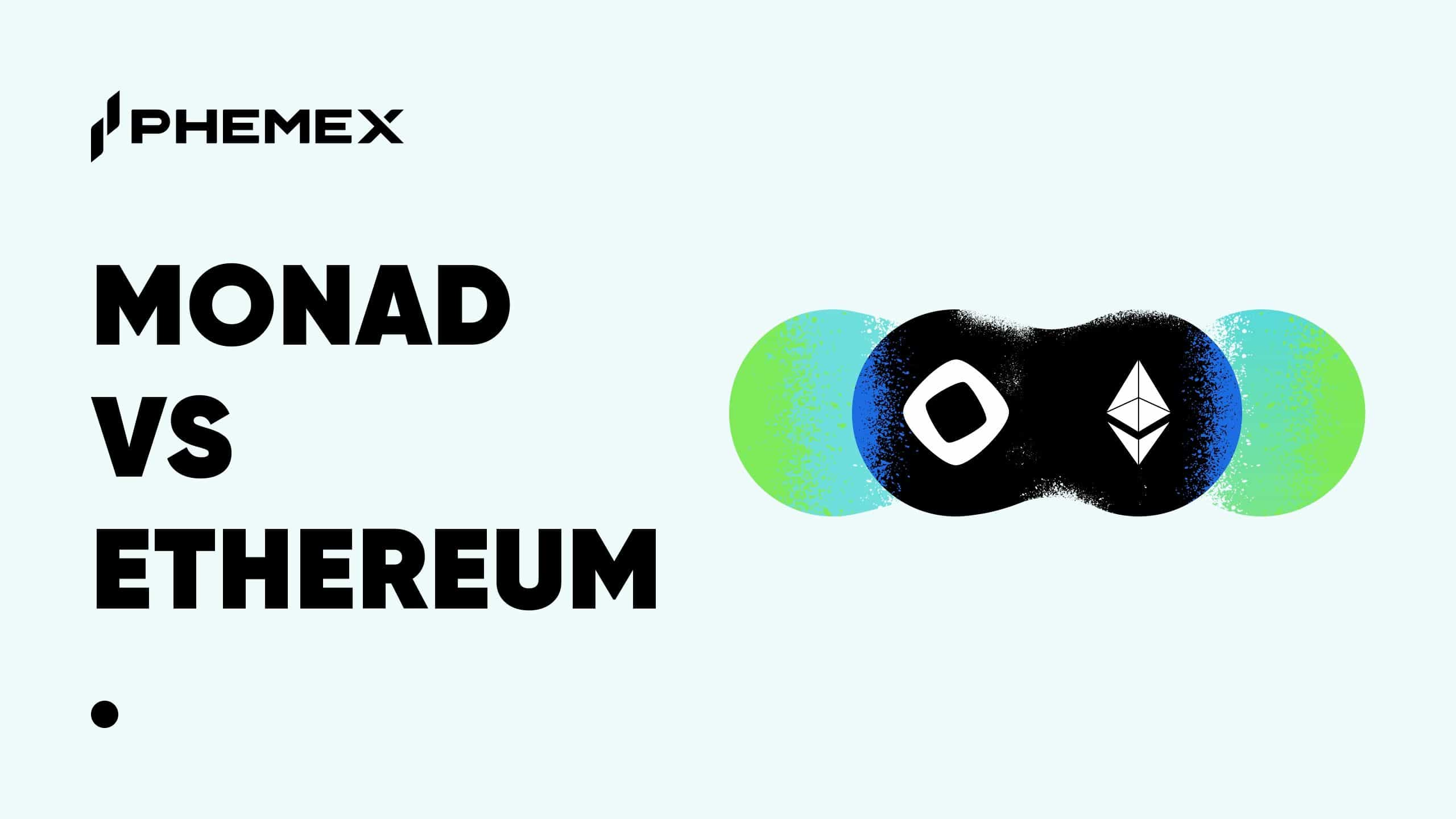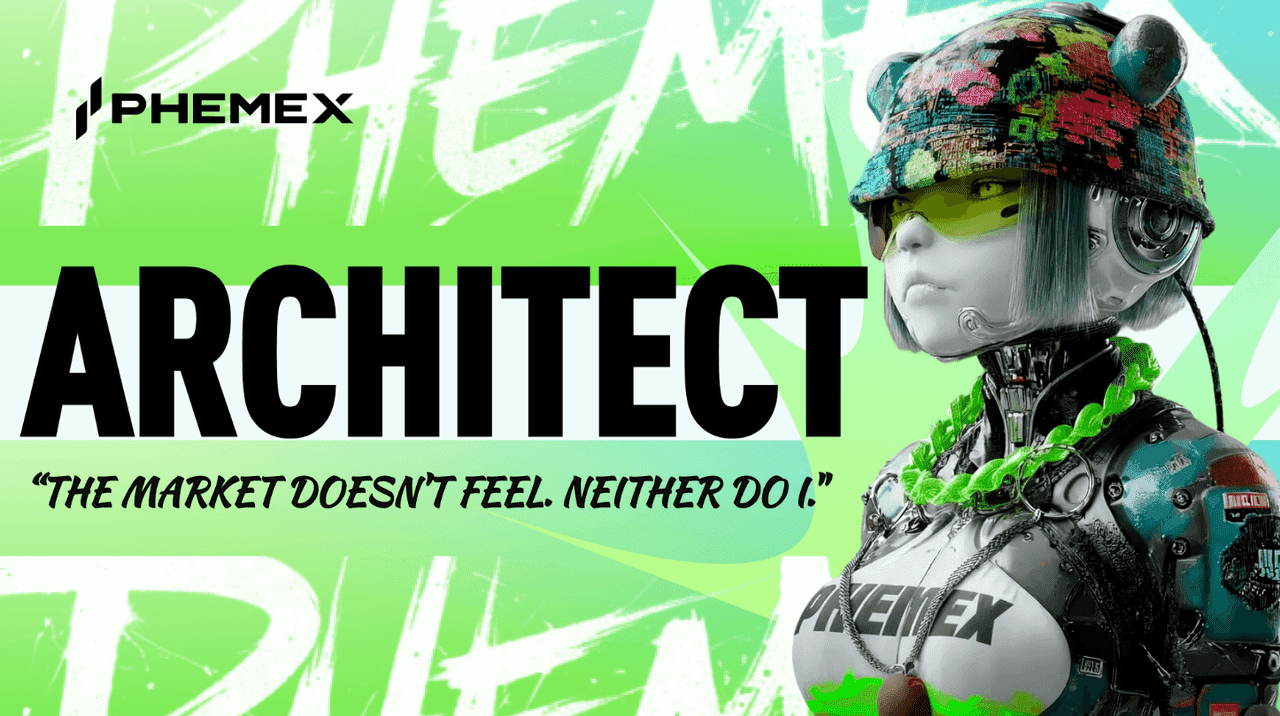Deploying an ERC-20 token on the Ethereum (ETH) blockchain is costly. The Ethereum testnet (test network) can help you test your token for free on a blockchain simulation before you deploy it on the Ethereum mainnet.
The most popular testnets are “Ropsten”, “Rinkeby”, and “Kovan”. Their faucets issue testnet ETH to developers for free to test their smart contracts. They operate almost the same as the Ethereum mainnet.

Why Use Testnet and Faucet?
Testnets are used by developers to test tokens before they go live on the mainnet. This is useful for debugging and testing gas fees to estimate costs. If a developer is building a decentralized application or a token, they want to know it is functional before they deploy it on the mainnet.
To deploy an ERC-20 token, it can cost developers over $1,000 in gas fees alone at the time of writing. Afterwards, they have to add liquidity to make the tokens valuable. The faucets like Ropsten, Rinkeby and Kovan hand out free test ETH, but even they impose daily claim limits. Most are limited to 1-5 ETH per day.
The ERC-20 tokens on testnet are valueless. They are exclusively used by developers to test their Solidity contracts. The protocols are real and interconnected, and developers can see other testnet tokens that were deployed — including their own.

Most popular ERC-20 tokens have testnet copies that developers can use to learn how to code Solidity projects using testnet contracts. There are also testnets for other popular layer-1 blockchains, such as Solana (SOL) and Avalanche (AVAX), but ETH testnets are the most widely used.
The Ropsten testnet is the most popular Ethereum test network. More than 10 million testnet tokens have been deployed on the Ropsten network. Below we’ll explain how testnets work and how to connect to one to get free testnet Ethereum.
How The Testnet Protocols and Faucets Work
To develop an Ethereum application, you will want to run it on a private network to see how it performs. Similar to how you create a local server on your computer for web development, you can create a local blockchain instance to test your application. This allows for much faster iteration than a public testnet.
Ethereum is an open-source blockchain protocol. This means it can be legally forked and copied. A testnet is a copy of the Ethereum blockchain which is not actual Ethereum but functions in the same way. This provides valuable testing infrastructure for developers.
A testnet is a blockchain network that is validated by Proof of Work, Proof of Authority, or Proof of Stake. There are blocks and transactions on the testnet, and these are publicly viewable. These blocks are not published on the official Ethereum mainnet. They only exist on the testnet blockchain and can be viewed on a testnet block explorer.
Developers have two options: Deploy testnet tokens on Remix Ethereum using the MetaMask Chrome plugin, or download the entire testnet blockchain and run the network themselves on their own server.
The default Ethereum wallet address you have on your MetaMask is going to work on a testnet if you connect it. If you deploy a testnet token by switching the network on Metamask, it will be published on the testnet from the same address. The ETH balance will not carry over. You can have up to 10,000 ETH on the testnet, but you will not be able to use them on the Ethereum mainnet.
The validators on the testnet are hosting the network and ensuring it is stable. Depending on the network, there can be limits and requirements as far as the amount of testnet ETH a developer can claim. The limits are 5-10 ETH per day on average. Testnet have been subject to DDoS and spam attacks, but they are safe to use — especially the top networks.

What Is The Ropsten Faucet?
- Block explorer: https://ropsten.etherscan.io/
- Ropsten faucet limit: 18 ETH/3 days
Ropsten faucet is the most used ETH testnet. Over 10M ERC-20 testnet tokens were deployed on Ropsten. It is the only proof-of-work testnet available and the most reliable, providing a near exact replica of the Ethereum blockchain.
Ropsten was created in 2016 when Ethereum smart contracts started growing and the network needed a testnet for developers. It was named after a metro station in Stockholm, Sweden.
The advantage of Ropsten is that it has a PoW blockchain, so the gas fee fluctuations that developers experience on the real ETH network are replicated ideally. For example, if gas fees on the ETH network are lower on weekends they will be lower on weekends on Ropsten as well.
Ropsten was the subject of spam and DDoS attacks since its inception. One attack was successful in early 2017, when the whole Ropsten network ground to a halt. The network was successfully revived and has been functioning since.
If users want to download the entire Ropsten network to run it on localhost, the current chain data is over 20GB. The top EVM clients such as Geth and Besu are compatible with Ropsten.
How To Claim ETH From The Ropsten Faucet?
Ropsten Ethereum can be requested using the Ropsten test faucet here:
https://faucet.ropsten.be/
https://faucet.metamask.io/
To claim ETH on the Ropsten network, users have to give their credentials using a social media account such as Facebook or Google and make a post. They are eligible to 19 testnet ETH every 3 days (automatically deposited).

What Is The Rinkeby Faucet?
- Block explorer: https://rinkeby.etherscan.io/
- Rinkeby faucet limit: 18 ETH/3 days
The Rinkeby faucet is the second most-used testnet after Ropsten. The network uses a Proof of Authority staking algorithm, and it considered the most secure testnet. There haven’t been any successful attacks on this network yet.
Rinkeby faucet was developed by the Ethereum Foundation. It was named after a metro station in Stockholm, Sweden.
This testnet only supports Geth, the official Ethereum client written in Golang. Downloading the whole testnet requires 8GB of space. The block time is slightly faster than Ropsten faucet, with an average block time of 15 seconds.
How To Claim ETH From The Rinkeby Faucet?
To claim Ether using the Rinkeby Ether faucet, users must tie their social media account to the Rinkeby authentication faucet. They can either request Ether on a post on Twitter or Facebook. This is designed to limit large requests on the network.
Rinkeby Ethereum can be requested here:
https://faucet.rinkeby.io/
What Is The Kovan Faucet?
- Block explorer: https://kovan.etherscan.io/
- Kovan faucet limit: 0.1 ETH/claim
Kovan faucet is considered among the most secure testnet with a limited ETH supply. However, it is not supported by GETH (the official Ethereum client), instead only working with Parity, an Ethereum client written in Rust.
The Kovan test network was developed in 2017 and named after a metro station in Singapore. The Kovan network uses a Proof of Authority consensus mechanism. Kovan was initially developed by Parity, the team behind Polkadot (DOT), led by Gavin Wood.
The chaindata for Kovan faucet is 6GB, and users have to download Parity and the whole testnet blockchain. It is considered to replicate the original ETH blockchain less closely than Ropsten.
How To Claim ETH From The Kovan Faucet
Users can request ETH using the Kovan testnet faucet here:
https://gitter.im/kovan-testnet/faucet
The main difference on Kovan is that each request is manually approved and sent to decrease spam on the network.
Deploying Testnet Tokens From Ropsten, Rinkeby, and Kovan
MetaMask is the biggest DeFi Ethereum wallet that can be used to deploy ERC-20 tokens on the testnet and mainnet. MetaMask has the Ropsten, Rinkeby, and Kovan networks built-in by default. By clicking on “Ethereum Mainnet” at the top of MetaMask, a user can switch to the popular testnet:

The most popular development framework for Ethereum is Remix. Remix allows users to connect to the testnet and deploy using injective Web 3.0 smart contracts.
New developers can use resources such as OpenZeplin ERC-20 contract to deploy their first testnet token. OpenZeplin is the most popular open-source contract for Ethereum and other networks compatible with the EVM (Ethereum Virtual Machine).
The Ethereum address on the mainnet will be used on the testnet unless the user creates a new MetaMask account. We recommend creating a new MetaMask account for all testnet purposes. Make sure not to send ERC-20 tokens from the mainnet to the testnet because you can lose your assets.
Conclusion
Ropsten is the best Ethereum testnet faucet for typical use cases and is the most widely used. The main advantage of Ropsten is that it is the only Proof of Work testnet which replicates the behavior of the actual Ethereum blockchain. Rinkeby and Kovan are Proof of Authority networks and they may not replicate the actual Ethereum production environment to the same extent as Ropsten.
Developers can download the entire testnet on their computers and deploy tokens on their own server, or they can use MetaMask to deploy tokens on the testnet using Remix.
Most faucets impose request limits on the amount of testnet Ethereum claimable and require personal authentication. Ropsten and Rinkeby give out automatic testnet ETH tokens, while Kovan tokens are sent out manually.
For optimal testing in the Ethereum ecosystem, a developer should use multiple testnets to test their token simultaneously. If a smart contract performs well on the Kovan testnet, it may not work the same on the Ropsten testnet. Testing on multiple networks will ensure the token is functional on all Ethereum testnets before it is deployed on the mainnet.
Read More
- What are MainNet and TestNet: Key Crypto Development Stages
- What is Etherscan: Ethereum Blockchain Explorer
- Ethereum 2.0 – Everything You Need to Know
- What Is Ethereum: Ground Zero of the Next Digital Era
- Ethereum’s ERC-20 Tokens – All You Need to Know
- The Ethereum Virtual Machine: How Does it Work?
- Crypto Faucet: What is a Faucet and is it worth it?
- Metamask: How to Use The Popular ETH Wallet









